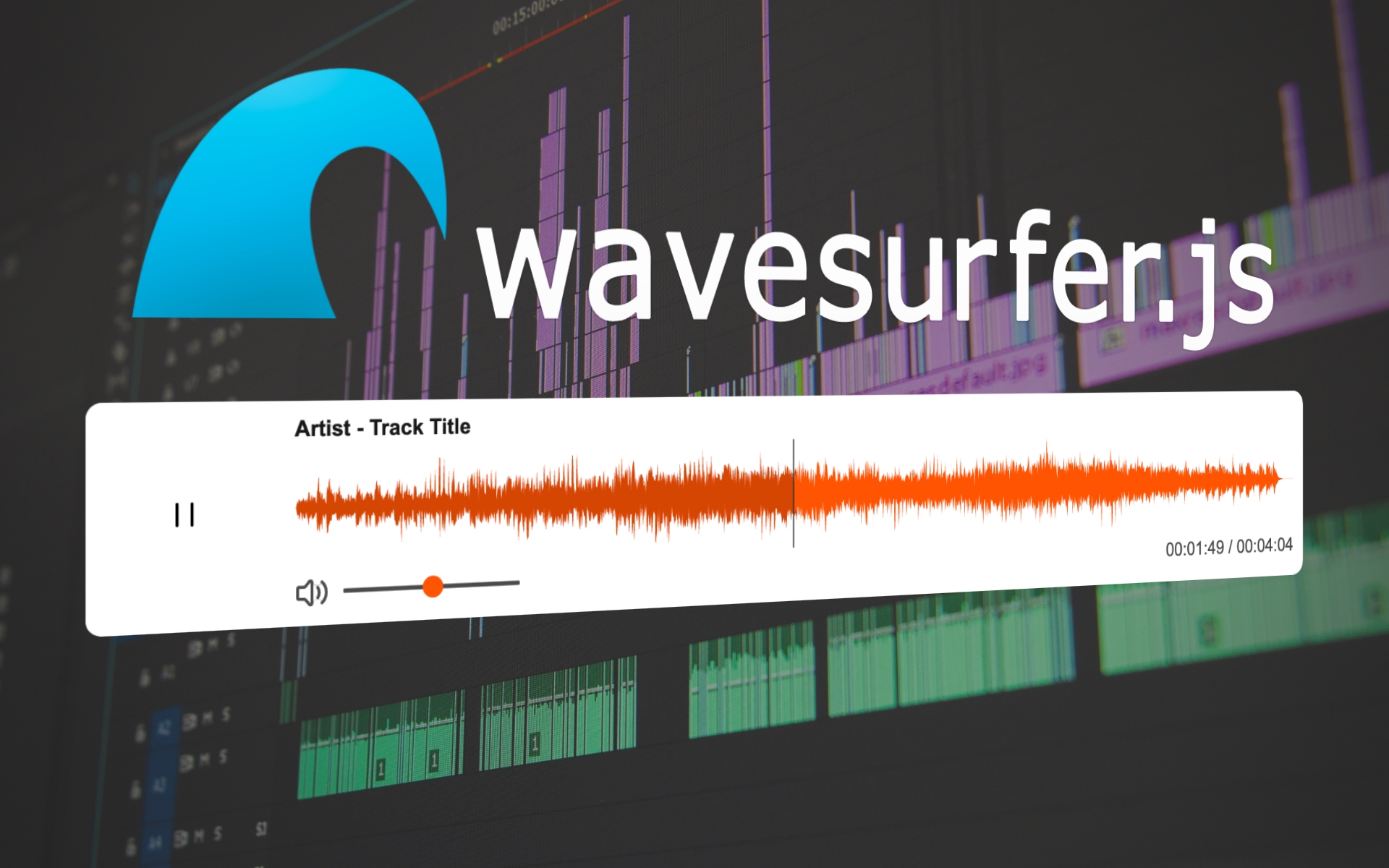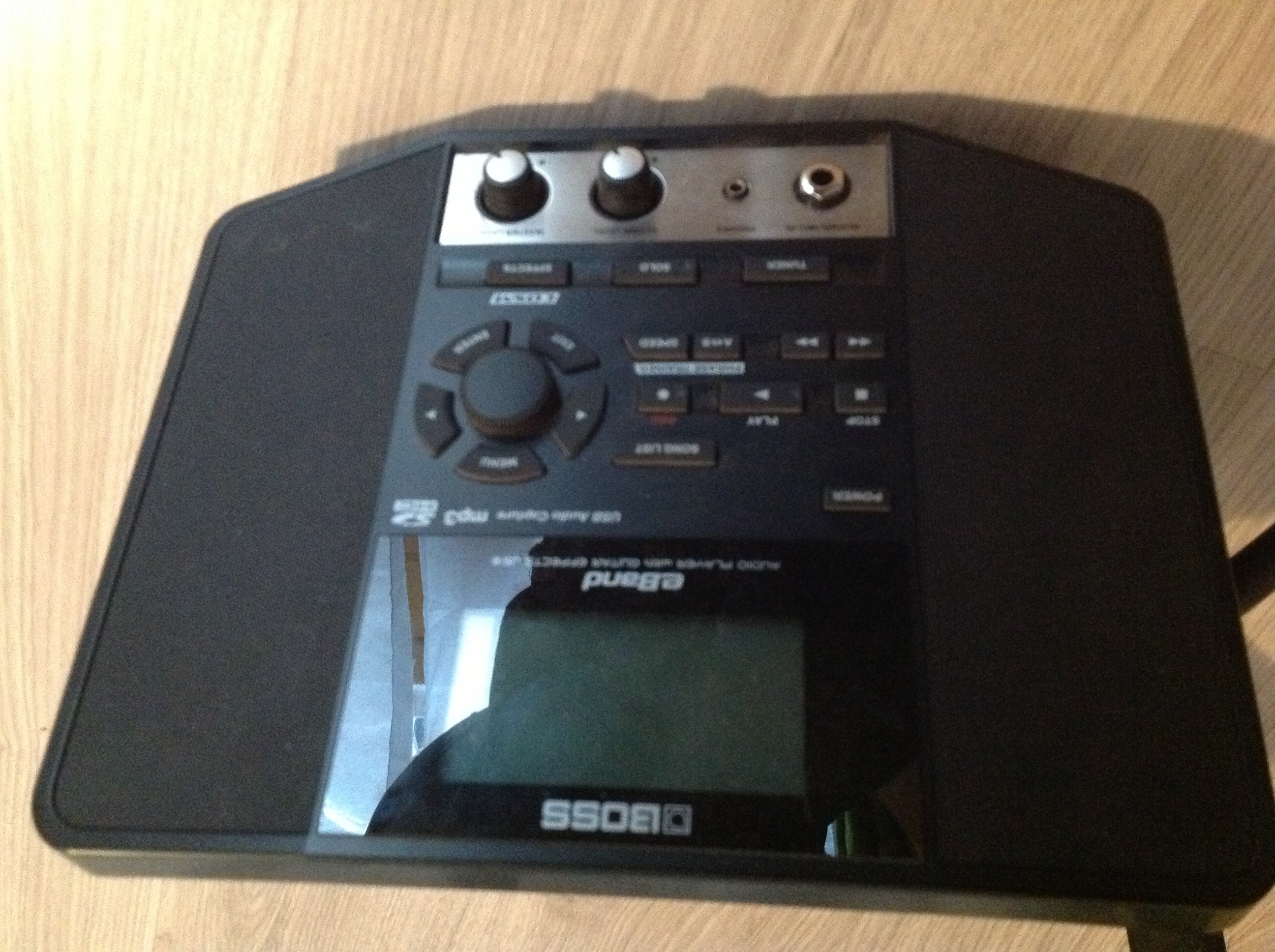
Js play sound code#
That said, let’s now view the code to do that. Moreover, the custom attenuation will only works on spatial sounds (obviously) but also on sound connected to a Babylon.js mesh. Switching to custom attenuation will use Babylon.js distance computation based on JavaScript and will be slower.

This then almost costs nothing on the performance side for 3D real-time rendering. It means it’s mainly handled by a dedicated audio chip on your device via native code (the browser). Then, an old typewriter typing sound effect from Mixkit. So first, I’ve grabbed four images from Unsplash. Begin by Downloading the Page Assets For this exercise, we’re going to need some assets. If you want to manage the attenuation (or distance model in Web Audio) using a specific algorithm, you can by-pass the native Web Audio attenuation using Babylon.js custom attenuation function. Click the sound toggle to turn audio on, and hover over each postcard to see the typewriter effect in action. Creating your own custom attenuation function This is default) 0.5 is half volume (50) 0. If you’re inside the space defined by the grey cone, you should hear the music, if not you’ll not hear it as the coneOuterGain is set to 0. Example values: 1.0 is highest volume (100. You can play with this sample from our playground to better understand the output: Spatial Directional Sound My biggest issue is that it takes 500ms from mplayer is started to audio starts playing. This works, but it's not really an excellent solution. Try this example: place your mouse pointer over the following hyperlink, and the browser will start the playback.

SetLocalDirectionToMesh() is simply the orientation of the cone related to the mesh you’re attached to. I'm currently using childprocess and command-line mplayer to play audio on the local machine, with my Node.JS application. Question: Can I play a sound onMouseOver Answer: Yes, you can call a sound playback function from the onMouseOver event handler of a hyperlink. Outer angle of the cone must be superior or equal to the inner angle, otherwise an error will be logged and the directional sound won’t work. coneOuterGain: volume of the sound when you’re outside the outer cone (between 0.0 and 1.0).

coneOuterAngle: size of the outer cone in degree.coneInnerAngle: size of the inner cone in degree.


 0 kommentar(er)
0 kommentar(er)
